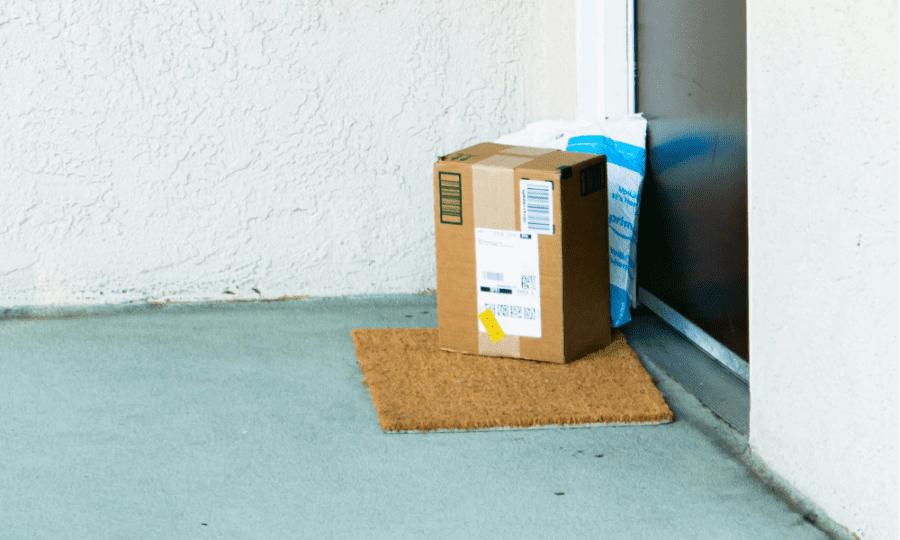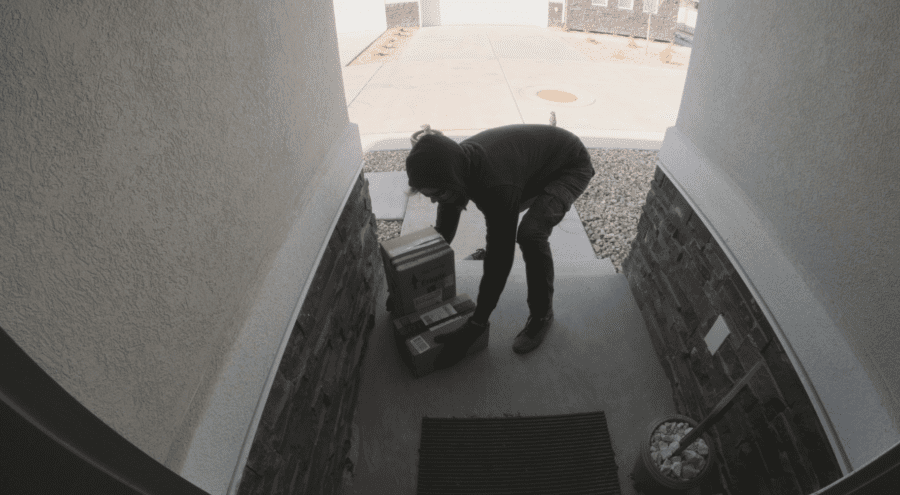
Our Blog
Challenges and opportunities in last-mile delivery
Written by: pdm
2 Min Read
Published: April 1, 2020
Updated: December 13, 2022
Last-mile delivery is the final stage in the network of courier, express, and parcel companies (CEP) and an area that Neopost continuously researches. As the final component in internet retail for example, from the depot to the consumer, last-mile is the most labour-intensive, and therefore expensive, part of the overall cost of delivering a parcel. For leading UK carriers, the last-mile represents an average of around 45 per cent of their total costs, according to Apex Insights. This entire ecosystem brings a variety of goods to consumers’ doorsteps (or very close) and there has been a huge range of research into the transport market for last-mile delivery.
Consumer expectations are high – and rising
Consumers are becoming increasingly sophisticated in what they expect and demand from last-mile delivery. They are increasingly aware of what is possible in terms of delivery and they expect to be able to choose from many ways to get the products they want quickly and conveniently. However, despite this their willingness to pay for such services is often limited.
Automation has astounding potential to increase efficiency across last-mile delivery channels. Technologies like autonomous delivery vehicles (ADVs) are and will be the dominant technology in this regard, and have the power to reshuffle the entire industry.
Competitive dynamics are changing – the rapid evolution of technology in the sector is ushering in a potential rise in the number of new entrants. As competition increases, both parcel delivery and commercial vehicle players have to make sure they equip themselves with the necessary resources and skills if they want to be successful.
Looking at the future technology roadmap there are some significant trends in emerging markets including retail and delivery needs and residential needs. In light of these, it’s interesting to consider how locker storage solutions, along with other last-mile delivery technologies fit into these trends.
We’ll continue to explore the above key areas in further blogs on the future of last-mile delivery.





